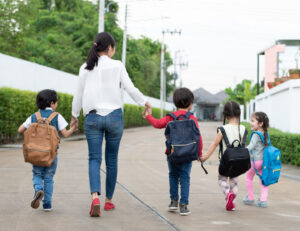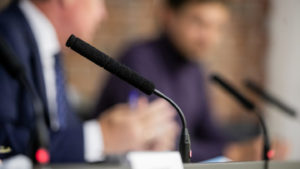CRT is alive and well in public schools, student survey reveals
The political left insists critical race theory (CRT) isn’t taught in schools. But a survey of recent high school graduates tells a different story.
Leftists accuse the right of a…
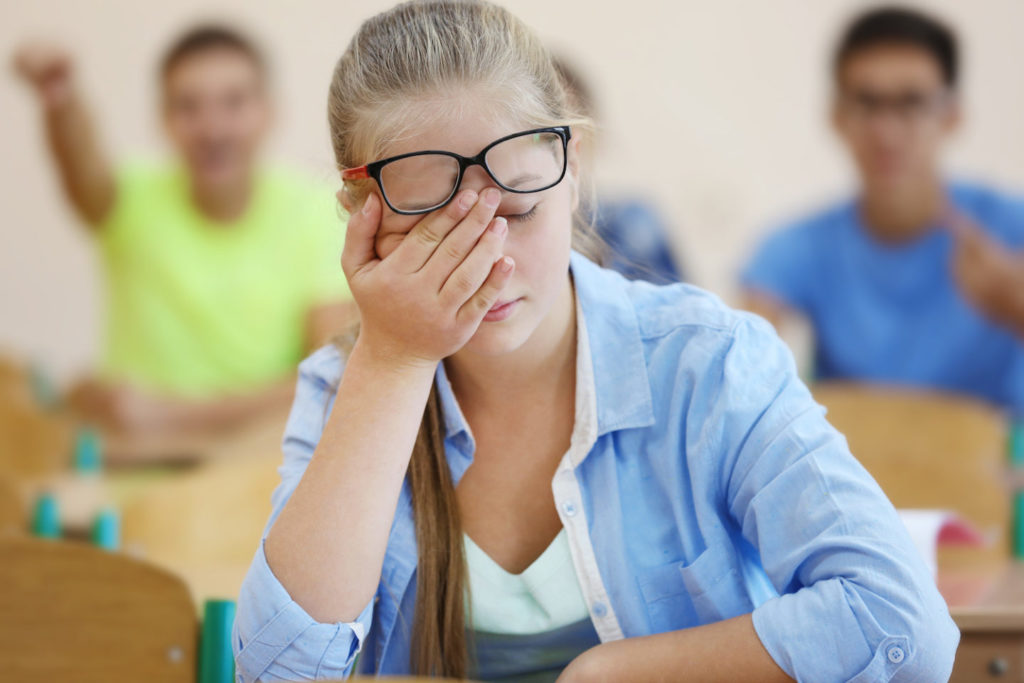
The political left insists critical race theory (CRT) isn’t taught in schools. But a survey of recent high school graduates tells a different story.
Leftists accuse the right of a “manufactured moral panic” over CRT.
“Critical race theory is not taught in elementary schools or high schools,” claimed Randi Weingarten, head of the nation’s second largest teachers’ union. She insists that people who say CRT is being taught are “bullying teachers and trying to stop us from teaching students accurate history.”
CNN even asserted that “CRT is generally not a part of public grade school curricula.”
But a recent survey from the Manhattan Institute, a New York City-based think tank, took the question to recent high school graduates who overwhelming reported hearing CRT and other radical concepts taught and expressed during high school.
Researchers surveyed 1,500 Americans aged 18 to 20 on topics related to CRT and gender ideology, which they referred to collectively as Critical Social Justice (CSJ).
Examples of CSJ concepts are:
- America is a systemically racist country.
- America is a patriarchal society.
- Gender is an identity choice, regardless of the biological sex you were born into.
- Being white is one of the most important sources of privilege in America.
- White Americans are ultimately responsible for the inferior social position of black people.
- There are many genders, not just male and female.
Ninety-three percent of respondents reported hearing at least one CSJ concept while in school.
When taken individually, concepts were either taught or expressed by school staff more than half the time.
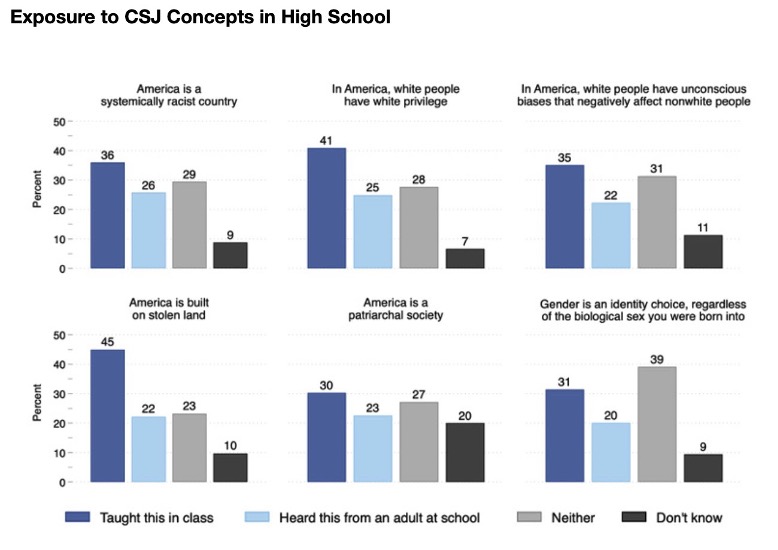 “Even assuming these are overestimates, schools and teachers promoting CSJ narratives can hardly be regarded as rare or isolated occurrences,” the researchers argue. “Rather, it is the experience of a large segment of American high school students, if not the majority.”
“Even assuming these are overestimates, schools and teachers promoting CSJ narratives can hardly be regarded as rare or isolated occurrences,” the researchers argue. “Rather, it is the experience of a large segment of American high school students, if not the majority.”
Perhaps even more disturbing is the fact that these perspectives are often presented as undeniable fact. Only 32% of respondents reported being taught that opposing arguments are respectable, and another third wasn’t even told about other perspectives.
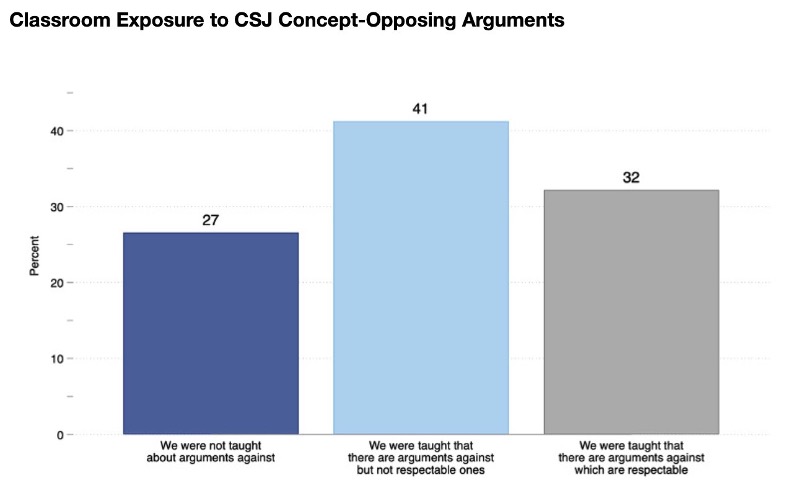 Unsurprisingly, students who were taught these concepts in school were more likely to think they are true, and they were more afraid of being chastised for voicing their personal disagreements.
Unsurprisingly, students who were taught these concepts in school were more likely to think they are true, and they were more afraid of being chastised for voicing their personal disagreements.
CSJ also increased the amount of shame students felt about America’s history, both past and present. When these concepts were widely taught, over 90% of corresponding respondents identified as liberal or Democrat. When CSJ was not taught at all, corresponding respondents were evenly split between conservative (52%) and liberal (48%).
Researchers also considered what difference private non-religious, parochial, and homeschooling environments make. The results suggested little difference between public school and non-religious private schools, but a substantial difference for religious schools and homeschools.
“Taken together, these data suggest that homeschooling or sending one’s kids to a religious (vs. a nonreligious) private school can help to limit the volume of their exposure to CSJ,” they write. “However, no non-public forms of schooling preclude exposure to CSJ altogether.”

